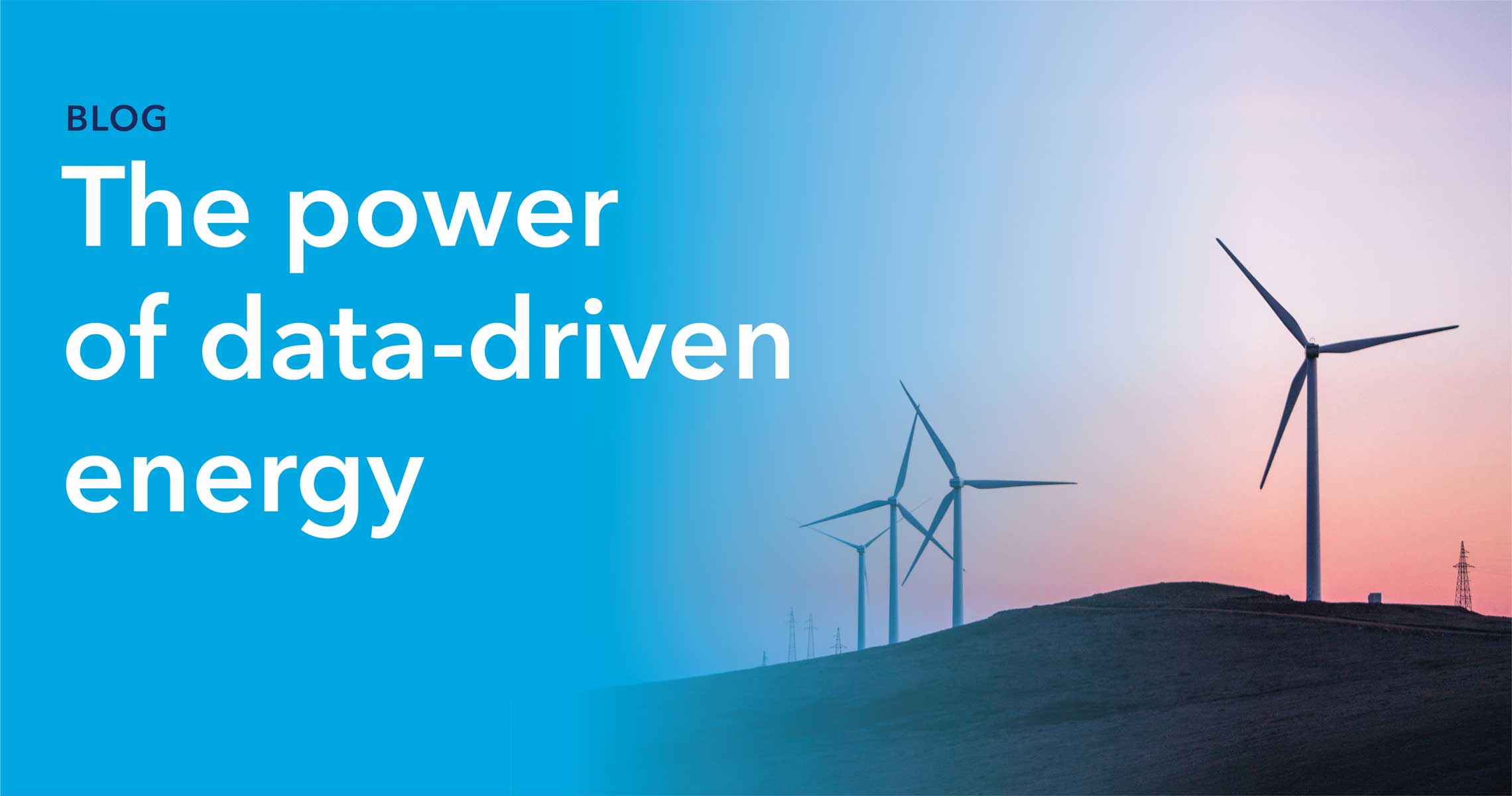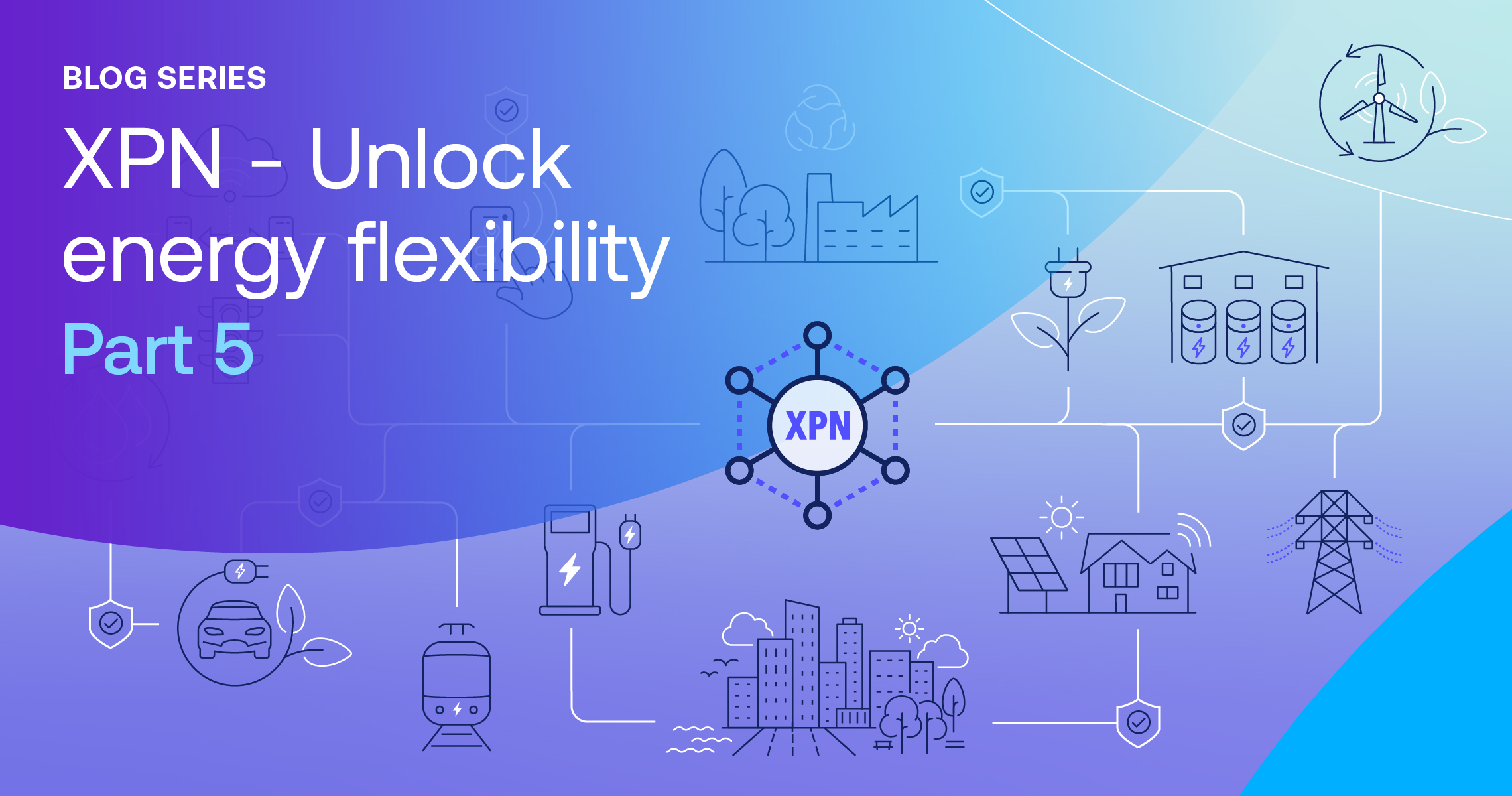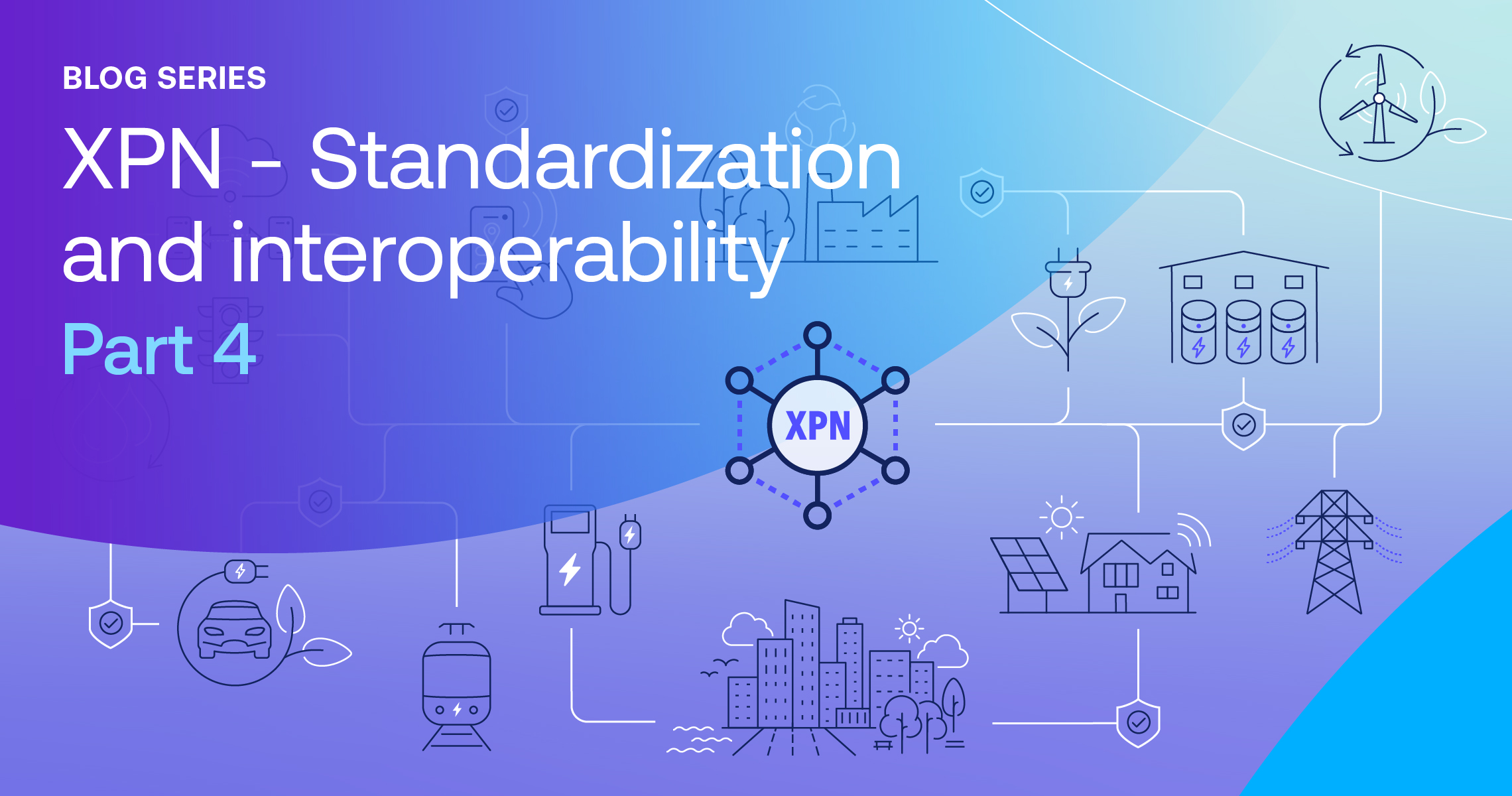On January 22, 2020, Intertrust CEO Talal G. Shamoon gave a keynote talk on the power of data-driven energy at the Handelsblatt Energy Summit in Berlin. The session was part of the Industry Forum on Energy Future 2050, and led to a thought-provoking discussion. The following blog post summarizes key topics that were covered in the Q&A.
The energy sector is facing unprecedented disruption. This follows a general disruptive trend driven by the internet bringing down the walls that traditional industries have used to protect their value chain position. The overall movement away from fossil fuels and nuclear energy has coincided with the decentralization of existing energy systems via renewables like solar and wind amidst a climate of deregulation. While some parts of the energy market have begun to consolidate, new global and non-traditional players such as Amazon and Google are entering the field and are beginning to disrupt it.
The Paris Agreement includes the so-called 20/20/20 targets calling for the reduction of carbon dioxide emissions by 20%, the increase of renewable energy‘s market share to 20%, and a 20% increase in energy efficiency. Reaching these targets by 2050 translates to 2 trillion EUR of investment in Germany alone. This will require significant collaboration and cooperation among businesses and organizations across varied market sectors such as electricity generators and distributors, mobility, and government. Electricity transmission and distribution grids will play a major role in efforts to connect and integrate these and other sectors. Smart transportation is now synonymous with smart energy.
Constant adaptation, improvement, and innovation are critical to achieving and maintaining sufficient profit margins. Globally, while businesses are focusing on corporate sustainability, they are also proactively deploying technologies to improve the productivity and proficiency of their existing business models. This entails making big leaps in creating or using new and better products and services, along with order-of-magnitude operational improvements. The internal and external data sources they consume around the managed flow of goods and information—customers, assets, value and supply chains, activities, and people—play a critical role in these efforts. The insight gleaned from this data is increasingly what drives both business and customer success.
Much like conventional hardware- or services-centric businesses, energy companies have traditionally not had a strong data, analytics, nor software-centric (digital) product culture. As recent findings by research firm IDC demonstrate, 90% of all unstructured data in the world was created in the last two years, and the energy industry is no exception as it generates and collects data at a phenomenal rate. This has created new challenges such as data silos, regulations, cybersecurity, and issues around trust.
By taking the right steps and adopting deliberate measures to achieve it, energy companies can transform themselves from analog- and asset-driven business to fully digital- and data-driven commerce. Of course, this requires adaptability and the willingness to change, explore, and take advantage of the opportunities that data can bring.
You can see how this has played out in various other industries. As an example, take the music and film industry where the internet almost wiped out the value chains of both. However, after a period of consolidation and reshuffling of players and priorities, robust growth has returned in the post-Napster, post-BitTorrent world. Similar trends disrupted the retail industry, with Amazon destroying the traditional book retail value chain, as it made its way into becoming the “Everything Store.” The telecom industry is possibly the closest neighbor to the energy industry. Proud of their lock on telephone networks, operators added data access as a feature in the 1990s, only to learn that they had given the internet companies of the world a doorway to their own customers and profit margin. Utilities, once secure that the complexity around operating generation and grid infrastructure was a high barrier to entry, are now learning that new entrants are coming in “over the top.”
Another example is the auto industry. It may be too early to assess how things will eventually shake out, but the e-mobility revolution is already at our doorstep. The smart cars of the future (Tesla is a glimpse of what’s coming) are mobile phones and batteries on wheels—essentially rechargeable mobile power sources—tapping automotive power-packs literally driven by data. On the other hand, established automotive OEMs are struggling with this digital data transformation because they’ve waited too long to “get with the times.” This opens new opportunities for companies like Uber, who have sophisticated resource routing algorithms that today move cars to where people need to be, which can be used to move unused electrons sitting in cars to buildings that need them.
So how can energy companies use data to scale their business? First, energy company CEOs, their boards, and other key stakeholders within the organization need to embrace the idea of data-driven energy and see the internet as an opportunity and not a threat. Second, they should start thinking more in terms of adoption or usage of interoperable data platforms and data ecosystems, rather than proprietary and closed data silos.
This last point is particularly important because utilities are in the business of providing utility services, and not engineering algorithms to help gain intelligence from their existing datasets. For that, they need to rely on and use third party experts to help them gain the insights to evolve to a data-driven business model—while honoring security, and complying with data privacy and governance regulations and rules. Such data platforms can enable data- and software-driven applications throughout the energy value chain. Fortunately, new technologies are bringing data acquisition, data analytics development, and data management barriers down.
In the next decade, we will see even more massive investments in solar and wind, with a strong focus on leveraging the data these assets generate. As the grid transitions to becoming more bi-directional, grid infrastructure will evolve to become more data-driven and, perhaps most importantly, lead to the evolution of new data-driven energy business models.
Intertrust and our partners from the energy and tech industries have formed an energy data ecosystem that brings together energy and climate datasets, data rights management technologies, and data applications to help solve the interoperability, trust, and security problems facing entire industries. We have built a data platform for renewables and the grids into which they feed, enhancing customer businesses with applications that enable data value-extraction and data monetization, much like an app store. It is essentially an operating system to connect, protect, analyze, and collectively correct the serious threats facing our climate-threatened planet because we believe that if the energy industry embraces a full shift to a data-driven culture, the future is bright.
About Talal Shamoon
Talal Shamoon became Intertrust’s CEO in 2003. Under his leadership, Intertrust has grown from a small R&D and licensing company to a global leader in trusted computing products and services, licensing, and standardization. Today, Intertrust’s inventions enable billions of licensed products worldwide and its products are globally deployed. Shamoon joined Intertrust in 1997 as a member of the research staff, and then held a series of executive positions, including Executive Vice President for Business Development and Marketing. As an early pioneer of Digital Rights Management technology in the late 90s, he led Intertrust’s business and technology initiatives in the entertainment and media market, which established the company’s leadership in that space. He also presided over Intertrust’s record-setting growth as a licensing powerhouse, strategic investor and leading trusted distributed computing platform provider. An electrical engineer and computer scientist by training, Shamoon was a researcher at the NEC Research Institute in Princeton, NJ, where he focused on digital signal processing and content security. Shamoon sits on several company boards – he is a member of the board of directors of Intertrust and InnerPlant. A recognized inventor, published author, and frequent public speaker, Shamoon holds B.S., M. Eng., and Ph.D. degrees in electrical engineering from Cornell University.




